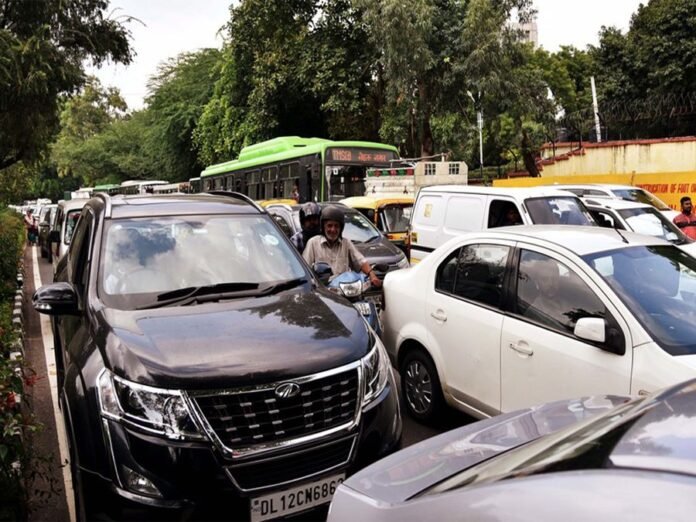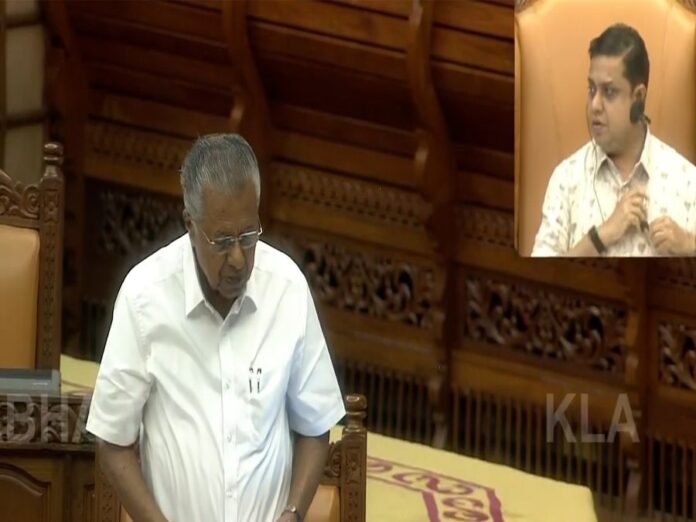GST Reforms Bring Big Relief to Food and Logistics Sectors in India
New Delhi: In a move that’s set to make everyday essentials cheaper and boost India’s food processing and logistics industries, the government has rolled out key GST reforms. Announced on Monday, these changes aim to keep prices affordable for consumers, offer stability for businesses, and make the Indian economy more competitive globally.
The government slashed GST rates on a range of food items, packaging materials, and transport vehicles. This not only simplifies the tax system but also paves the way for steady growth in these vital sectors. By focusing on essentials, the reforms tackle high costs that often hit farmers, small businesses, and families the hardest.
Take popular food staples: Items like ultra-high temperature (UHT) milk, paneer, and chena are now GST-free. So are Indian favorites such as paratha, parotta, khakhra, chapati, roti, and even pizza bread. Packaged snacks, chocolates, sauces, fruit juices, and coffee have seen their GST drop to just 5 percent. These tweaks are expected to spark higher demand, helping the food processing industry thrive.
On the packaging front, crates and paper materials now attract only 5 percent GST, which cuts down on production and logistics expenses. For transport, the GST on trucks and goods vehicles has come down from 28 percent to 18 percent. This should lower freight costs and make supply chains more efficient across the country.
The big win? Simpler taxation for the food processing sector. Most food products now fall under either 0 percent or 5 percent GST slabs, bringing uniformity and cutting down on confusion. Earlier, similar items with the same ingredients ended up in different tax categories, sparking disputes, court cases, and uncertainty for everyone involved—from manufacturers to shoppers.
For consumers, it’s all about price relief on must-haves. Exempting rotis and parathas from GST recognizes them as everyday household essentials, easing the burden on family budgets.
India’s food security remains a top priority. The National Food Security Act (NFSA) covers up to 75 percent of rural folks and 50 percent of urban residents, providing subsidized food grains through the Targeted Public Distribution System. Adding to this, the Pradhan Mantri Garib Kalyan Anna Yojana (PMGKAY) delivers free food grains to over 81.35 crore people as of June 2025. The scheme got a five-year extension starting January 2024.
To keep prices in check, the government is using tools like the Price Stabilisation Fund and subsidized staples such as Bharat Dal and Bharat Rice. These efforts help control inflation and ensure affordable access to basics.
As the government puts it, dropping GST on food items to 5 percent or nil helps everyone in the chain—from farmers and cooperatives to MSMEs, retailers, and exporters. It’s a step toward a stronger, more inclusive food processing and logistics ecosystem in India.
()
Stay informed on all the latest news, real-time breaking news updates, and follow all the important headlines in world News on Latest NewsX. Follow us on social media Facebook, Twitter(X), Gettr and subscribe our Youtube Channel.



